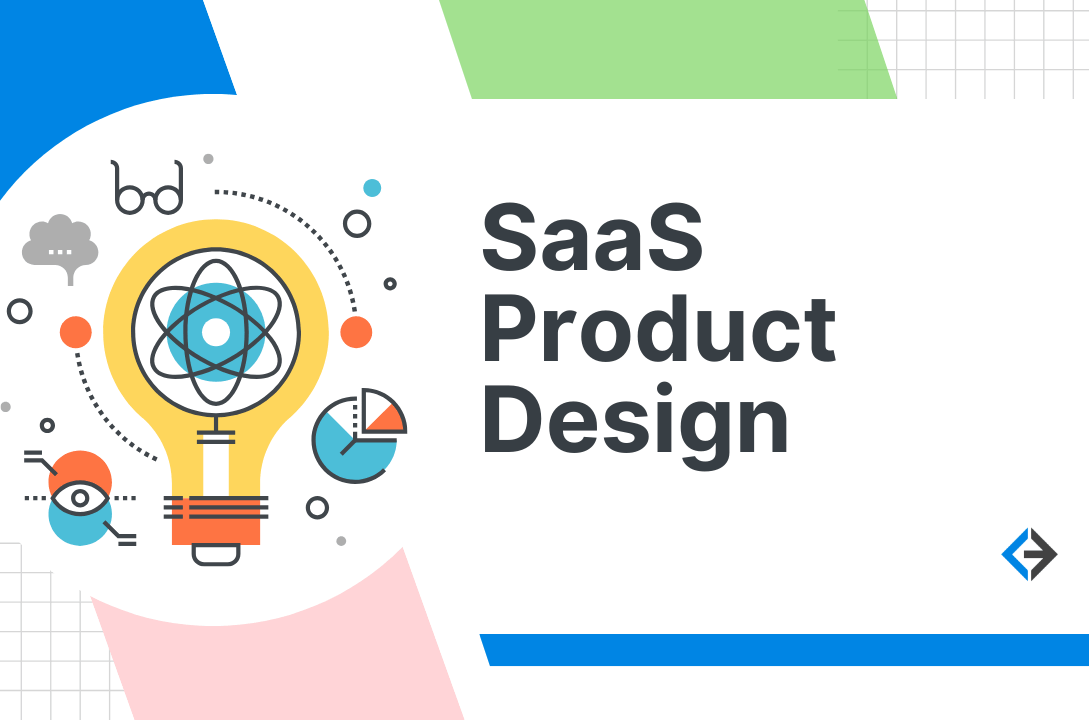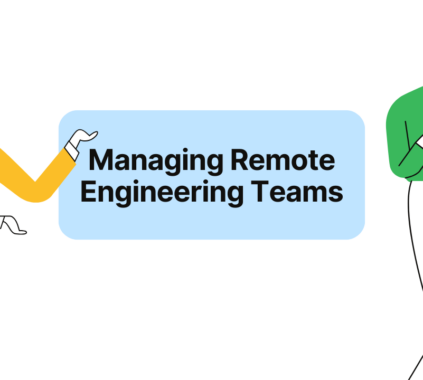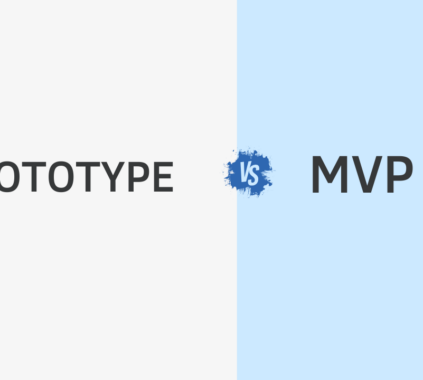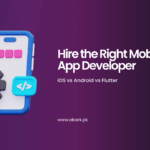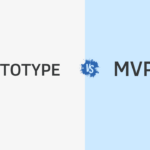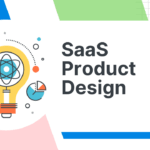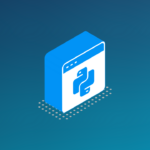Poor SaaS product design can cripple even the most innovative software. Confusing interfaces, inconsistent experiences, and lack of scalability frustrate users and cause churn.
In a competitive digital landscape, where users abandon tools that are hard to navigate or fail to meet expectations, SaaS companies can’t afford to treat product design as an afterthought. In fact, according to Forrester Research, a well-designed user interface could raise a website’s conversion rate by up to 200%, and a better UX design could yield conversion rates up to 400% (Forrester).
Embracing key principles of effective SaaS product design helps create software that delights users, scales efficiently, and achieves business goals. This blog covers every foundational and advanced principle to help you master the art and science of SaaS design.
Foundations of Effective SaaS Product Design
1. User-Centered Design: Prioritizing the User Experience
User-centered design (UCD) is the backbone of every successful SaaS product. It focuses on understanding your users—their goals, challenges, and how they interact with your product.
- Build personas to represent different user types.
- Map user journeys to visualize how they achieve tasks.
- Use usability testing to validate your assumptions and iterate quickly.
A SaaS product designed around real user needs naturally improves satisfaction, engagement, and retention.
2. Simplicity and Intuitiveness in SaaS Interfaces
Simplicity isn’t just about minimalism—it’s about clarity and ease of use.
- Limit cognitive load by eliminating unnecessary features (feature bloat).
- Prioritize essential actions with clear visual hierarchy.
- Design intuitive navigation structures so users don’t have to think twice.
Clean interfaces empower users to work efficiently, which is a major factor in user retention and satisfaction.
3. Scalability and Flexibility in Design
A good SaaS product design should evolve with your business and users.
- Build modular UI components that adapt easily to new features.
- Use a design system to maintain consistency while scaling.
- Ensure your infrastructure and interface can handle increasing traffic and usage demands.
This flexible, scalable approach is essential for long-term growth.
4. Consistency and Branding Across the SaaS Product
Consistency improves usability and reinforces your brand.
- Follow consistent UI patterns across screens.
- Align design with your brand guidelines for fonts, colors, and icons.
- Use design tokens and style libraries to unify the experience.
This uniformity builds trust and makes your SaaS platform more professional.
5. Accessibility and Inclusivity in SaaS Design
Designing for everyone means your product can reach its full audience.
- Follow WCAG guidelines to ensure accessibility for users with disabilities.
- Use proper contrast ratios, alt text, and keyboard navigation.
- Consider inclusive language and cultural diversity in copy and visuals.
Accessible SaaS design boosts your market reach and reduces legal risk.
6. Data Visualization and Dashboard Design
For many SaaS products, data presentation is crucial.
- Use clear charts and graphs to highlight trends.
- Provide filtering and drill-down capabilities.
- Ensure visualizations are responsive and understandable across devices.
Smart dashboards help users make data-driven decisions, increasing the product’s perceived value.
Advanced Principles and Best Practices in SaaS Product Design
7. Responsive and Cross-Platform Design
Modern SaaS apps must perform consistently on all devices.
- Use responsive layouts with flexible grids and breakpoints.
- Prioritize mobile-first design for on-the-go accessibility.
- Test across different screen sizes and operating systems.
A seamless cross-device experience increases adoption and customer satisfaction.
8. Integration Capabilities and API Design
SaaS products rarely work in isolation.
- Design intuitive UIs for managing third-party integrations.
- Ensure secure, well-documented RESTful APIs.
- Make it easy for users to sync data across platforms.
Well-designed integrations enhance your SaaS product’s ecosystem and user workflow efficiency.
9. Security and Compliance in SaaS Design
Security must be embedded in your product design—not tacked on later.
- Use role-based access control (RBAC) and encryption by default.
- Ensure compliance with GDPR, HIPAA, and regional standards.
- Communicate clearly about how data is stored and used.
A secure SaaS product builds trust and meets growing regulatory expectations.
10. Iterative Design and Continuous Improvement
Agile methodologies and user feedback should guide ongoing design improvements.
- Implement A/B testing to validate changes.
- Use product analytics tools (e.g., Mixpanel, Amplitude) to gather insights.
- Treat your design as a living process, not a one-time project.
This agile approach ensures your SaaS product design evolves alongside user needs.
11. Onboarding and User Retention Strategies
First impressions matter. A smooth onboarding experience increases adoption.
- Use guided tours, checklists, and interactive tutorials.
- Offer contextual help and in-app chat support.
- Provide usage insights to encourage deeper feature adoption.
Effective onboarding design reduces churn and boosts customer lifetime value.
12. Performance Optimization in SaaS Design
Fast, responsive apps create better user experiences.
- Optimize front-end performance by minimizing assets.
- Use lazy loading for large content.
- Monitor real-time performance with tools like Google Lighthouse and New Relic.
Users expect lightning-fast speed, and delivering it is a competitive advantage.
FAQs: Common Questions About SaaS Product Design
What are the key principles of effective SaaS product design?
User-centered design, scalability, accessibility, consistency, security, and performance are some of the most critical principles.
How does user-centered design impact SaaS products?
It ensures the product solves real problems and is intuitive to use, improving retention and engagement.
Why is scalability important in SaaS design?
It allows your product to handle growth in users, data, and features without requiring a complete redesign.
How can accessibility be integrated into SaaS design?
By following WCAG guidelines, using semantic HTML, and ensuring your design supports keyboard navigation and screen readers.
What role does data visualization play in SaaS applications?
It simplifies complex information, making it easier for users to interpret data and take action.
Effective SaaS product design is the bridge between an innovative idea and a beloved, scalable product. By embracing principles such as user-centered design, accessibility, performance optimization, and consistent branding, your SaaS solution can rise above the noise and truly meet your users’ needs.
Design is not just what it looks like—it’s how it works. And in the SaaS world, how it works makes all the difference.
Ready to Elevate Your SaaS Product?
Hire the best product designers from AB ARK today and take your user experience, engagement, and performance to the next level. Our expert team specializes in creating intuitive, scalable, and future-proof SaaS designs tailored to your unique business goals.
Let’s build something exceptional—Get in touch with AB ARK now!





